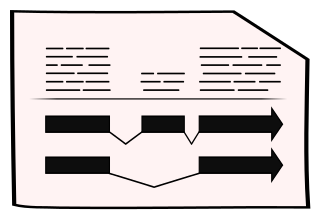Schistosoma bovis
BioProject PRJEB44434 | Data Source Wellcome Sanger Institute | Taxonomy ID 6184
About Schistosoma bovis
The trematode Schistosoma bovis is a parasite of sheep, cattle and goats in North Africa, Mediterranean Europe and the Middle East. It exists in the same geographical areas as Schistosoma haematobium, with which it can hybridise. S. bovis-S. haematobium hybrids can infect humans, and have been reported in West African countries, namely Senegal, and during a 2013 outbreak on Corsica.
There is 1 alternative strain from this genome project for Schistosoma bovis available in WormBase ParaSite: tdSchBovi1.1
There is 1 alternative genome project for Schistosoma bovis available in WormBase ParaSite: PRJNA451066
Genome Assembly & Annotation
Assembly
This annotated genome assembly was produced as part of the doctoral thesis of Duncan Berger: [Berger, D. (2021). Comparative and population genomic analyses of the parasitic blood flukes (Doctoral thesis)](https://doi.org/10.17863/CAM.86667).
The assembly was generated from PacBio long-read sequencing data and scaffolded using Hi-C.
The source material for genome sequencing was 3 mixed-sex adult worms, originally obtained from Kenya in 1986, archived as part of the SCAN collection at the Natural History Museum, London, and provided by Fiona Allan, Aidan Emery and Muriel Rabone. Additional worms from the same collection were used for gene finding.
Annotation
Gene finding employed a customized pipeline that integrated RNA-Seq, Iso-Seq and homology data. Berger, D. (2021). Comparative and population genomic analyses of the parasitic blood flukes (Doctoral thesis).
Downloads
Navigation
Assembly Statistics
| Assembly | tdSchBovi2.1, GCA_944470445.2 |
| Strain | tdSchBovi2.1 |
| Database Version | WBPS19 |
| Genome Size | 406,292,391 |
| Data Source | Wellcome Sanger Institute |
| Annotation Version | 2022-10-WormBase |
Gene counts
| Coding genes | 9,673 |
| Gene transcripts | 20,200 |
Learn more about this widget in our help section
This widget has been derived from the assembly-stats code developed by the Lepbase project at the University of Edinburgh












